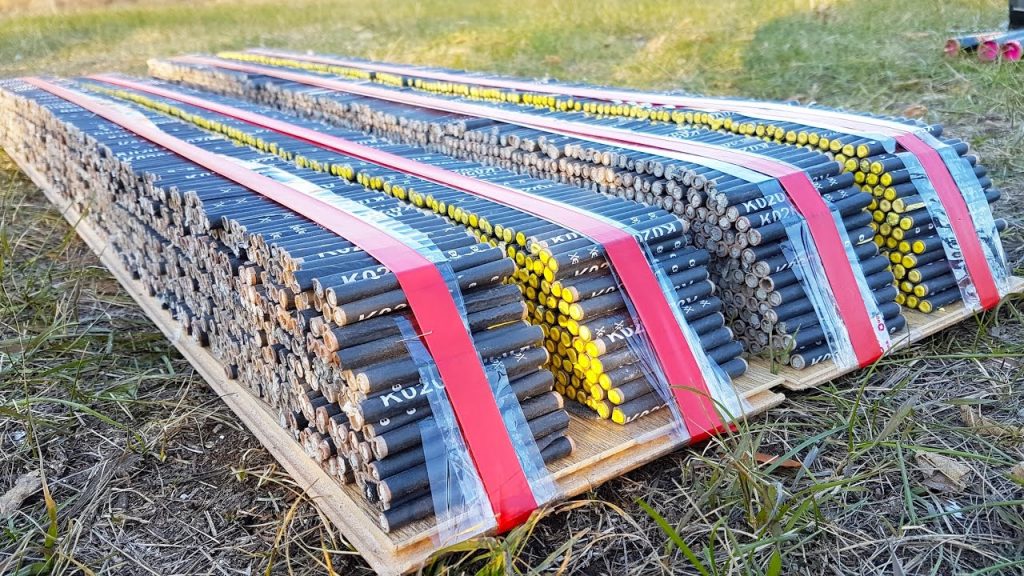Explosive Test with 10000 Firecrackers
One guy on YouTube decided to conduct a crazy and kind of dangerous experiment.
Don’t ever try this at home!

According to Wikipedia, a firecracker is a small explosive device primarily designed to produce a large amount of noise, especially in the form of a loud bang; any visual effect is incidental to this goal. They have fuses, and are wrapped in a heavy paper casing to contain the explosive compound. Firecrackers, along with fireworks, originated in China.

The predecessor of the firecracker was a type of heated bamboo, used as early as 200 BC, that exploded when heated continuously. The Chinese name for firecrackers, baozhu, literally means “exploding bamboo.”

After the invention of gunpowder, gunpowder firecrackers had a shape that resembled bamboo and produced a similar sound, so the name “exploding bamboo” was retained. In traditional Chinese culture, firecrackers were used to scare off evil spirits.

Firecrackers are generally made of cardboard or plastic, with flash powder, cordite, smokeless powder, or black powder as the propellant. This is not always the case, however. Anything from match heads, kerosene to lighter fluid have been used successfully in making firecrackers.

The key to loud firecrackers, however, although in part lying in the propellant substance, is pressure. The entire firecracker must be very tightly packed in order for it to work best. Flash powder, however, does not need to be packed tightly, and should not be.

Firecrackers, as well as other types of explosives, are subject to various laws in many countries, although firecrackers themselves are not usually considered illegal contraband material.
It is usually the manufacture, sale, storage, and use of firecrackers that are subject to laws including safety requirements for manufacture, the requirement of a permit to sell or store, or restrictions on the use of firecrackers.